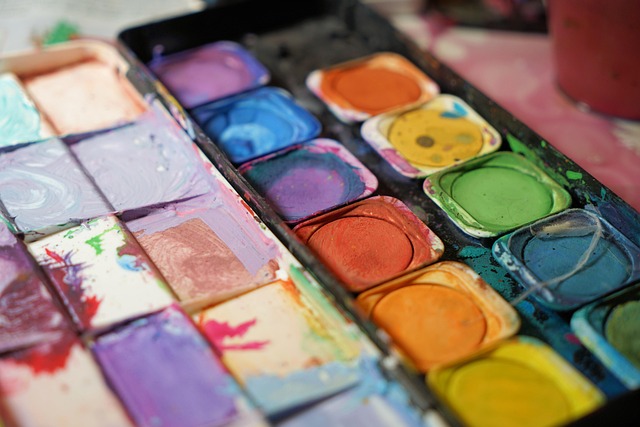Crafting a Unique Typographic Identity: An Artful Exploration in Design
In the ever-evolving world of graphics, typographic identity stands as a cornerstone of successful design. It shapes our perception, communicates effectively, and tells a brand’s story before we even read a single word. Understanding the artistry behind typefaces and how they can express a unique identity is essential for designers aiming to leave a lasting impression.
The Art of Typography
Typography is more than just a means of conveying written information; it is an art form in its own right. Each typeface has its own personality—serif fonts exude tradition and reliability, while sans-serif fonts often feel modern and approachable. The choice of type can evoke feelings of nostalgia, excitement, or urgency. This emotional resonance is what makes typography not only functional but also a powerful tool of artistic expression.
Embracing Design in Typographic Identity
To create a compelling typographic identity, one must dive deep into the principles of design. Consider the relationship between letterforms, space, and readability. Everything from the weight of the font to the kerning can significantly impact how a message is perceived. A well-crafted typographic identity harmonizes these elements to resonate with the audience on a visual and emotional level.
Defining Your Brand Through Type
When developing your brand’s typographic identity, it’s essential to reflect on the values and essence of the brand itself. What emotions do you want to evoke? What message are you trying to communicate? A strong typographic identity will often blend seamlessly with other design elements, creating a unified visual language that is instantly recognizable.
For instance, think about iconic brands—Coca-Cola’s cursive font speaks to tradition and nostalgia, while Google’s clean sans-serif type emphasizes simplicity and efficiency. Each choice is deliberate and speaks volumes about what the brand represents.
The Role of Experimentation
Experimentation is crucial in the journey of crafting a typographic identity. Don’t be afraid to step outside conventional boundaries. Combine different typefaces, play with sizes and colors, or even create custom lettering to find a unique voice for your brand. Typography is a playground where creativity can thrive, and embracing innovation can lead to stunning visual results.
Engaging not only in the medium itself but also in the cultural context around typography can further inspire your designs. Look at historical movements, street art, or digital trends to enrich your approach. This not only heightens the artistic value of your typographic choices but also deepens the connection between your design and a broader narrative.
Inspiring Examples of Typographic Identity
Let’s take a moment to appreciate some remarkable examples of typographic identities that have successfully captivated audiences. Consider the work of graphic designers like Jessica Walsh or Jonathan Adler, whose mastery in typography adds layers of meaning to their designs. Their use of type not only enhances the visual appeal but also tells a cohesive story that echoes the principles of good design.
As you embark on your journey to create a unique typographic identity, remember that this exploration is as much about personal expression as it is about effective communication. It lies at the intersection of art and design, inviting you to weave your narrative through every letter and word.




